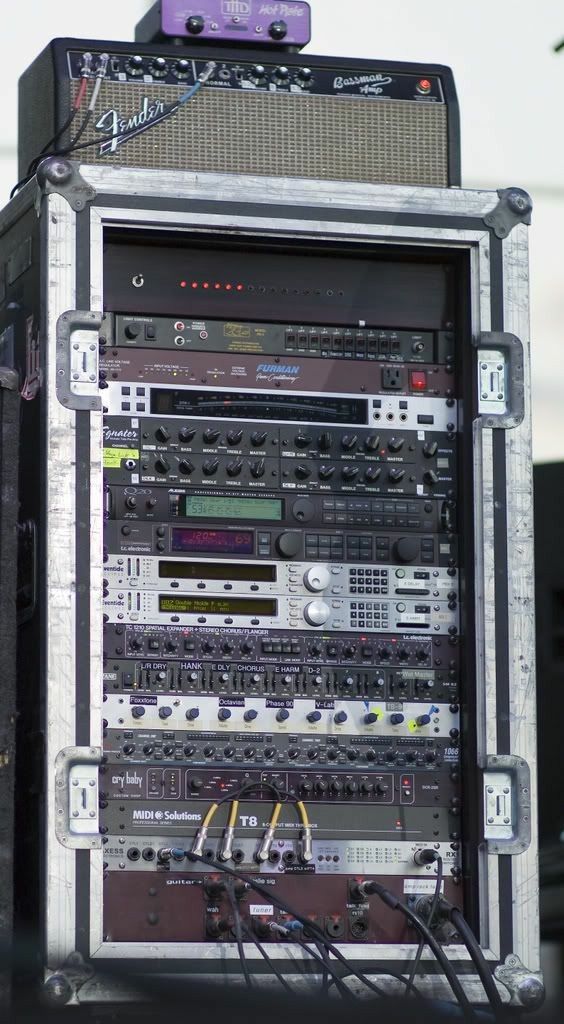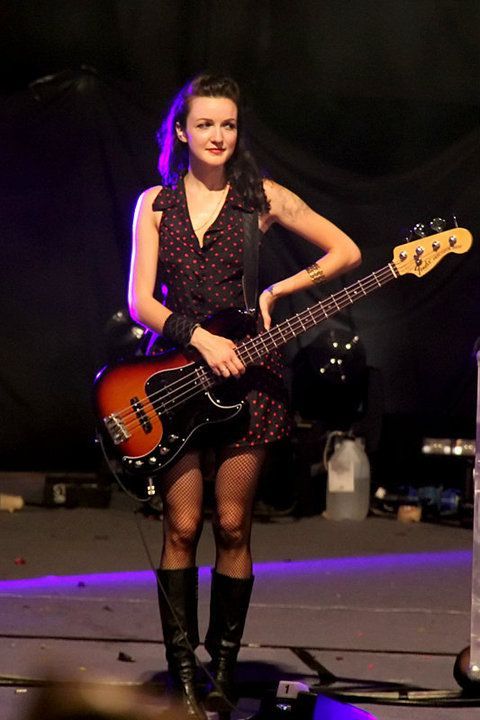

The trouble with using a DI box just after a pedalboard, however, is that the effects are often mellowed by the settings on the amp, and without the EQ on the amp the sound can get fizzy. Then I will look at taking the sound after the amp.īass players who use effects pedals are becoming increasingly common, and if the bassist is using pedals then I will definitely need to capture the sound as far down the chain as possible. If, however, the bass player has a valve head, like an Ampeg, Fender or similar, then they are probably using the qualities of the amp to add to the tone. A DI box between the bass and the amp will be your best bet at capturing the sound as closely as possible. If they have what I would call a ‘clean’ setup - an Eden, SWR or Trace Elliot amp without any pedals, say - it is usually just the sound of the bass guitar itself I will be looking for. My first act will be to look at the bass player’s equipment and ask them about their sound. So which is best? A good passive box will be just as good as an active box and would normally be my first choice, but if there are likely to be any level problems, such as weak pickups, I may well go for an active one.

Some amplifiers have an option to make this DI either pre (before), or post (after) the equaliser section: there are no hard and fast rules here, but I would always get the bass player to play and get a handy third person to switch between the settings while you listen from out front. These days this feature is quite common and an excellent sound can be achieved using this handy output. If the bass amp is contributing to the bassist’s tone, this would be my first choice, as these outputs are usually post preamp, which is where most of the amplifier’s coloration will occur. It is always worth looking at the bass amp itself, as many bass amps have a DI output in the form of an XLR socket on the back of the amplifier.

Radial’s JDX and Palmer’s PDI 09 are popular choices for taking the signal after the preamp stage. There is also an increasing number of boxes that are designed to go between the amplifier and the speaker, capturing not just the tone of the instrument but also of the amplifier. The choice of DI boxes is huge, with boutique specialist boxes now being available, such as the Ridge Farms Gas Cooker, with its distinctive oversized knobs - an incredibly warm-sounding valve-based device. Once again, the quality of components and design can vary dramatically, as can the cost. They have the advantage that they are able to deal with a wider range of levels than passive DIs, even very low ones. They range from being simple boxes similar to passive DIs, to being more complex devices with gain and equalisation.

They perform much the same task as a passive box but use active buffer circuitry instead. These boxes do not require any external power, hence the name ‘passive’.Īctive boxes do require power, usually either from an internal battery or via phantom power from the mixing desk. The best are very good and will prove incredibly reliable as there is very little that can go wrong. The quality of passive boxes varies enormously and is usually dependent on the transformer used inside. Passive boxes are normally placed between the bass guitar and the amplifier, although some have an input that can be used after the amplifier, accepting a signal from the speaker output (rarely do these provide a load, so always make sure you are using a speaker as well). Inside, they have a transformer which makes the signal more suitable for the mic input on a mixing desk. Passive boxes are the simplest, usually having one input, a parallel output to loop through to the amplifier, and an XLR output to go to the mixing desk. These come in two standard forms - active and passive. The most common way to reinforce the bass guitar is with a DI or ‘direct injection’ box. Playing styles - fingers, plectrum or slap - all come with their own problems, and in this article I will show you a few ways of dealing with them. Bass players can have a wide range of sounds, from fretless jazz to rock, funk and the sonic onslaught of Lemmy. Along with the kick drum, it will be the foundation of the rhythm section, but getting across the sound of the bass whilst adding weight to the overall sound can be more difficult than it would first appear. The bass guitar is an important part of any band’s overall live sound. We explore the many ways to deal with bass guitars on stage. They form the foundation of most bands, but getting them right can be tricky.


 0 kommentar(er)
0 kommentar(er)
